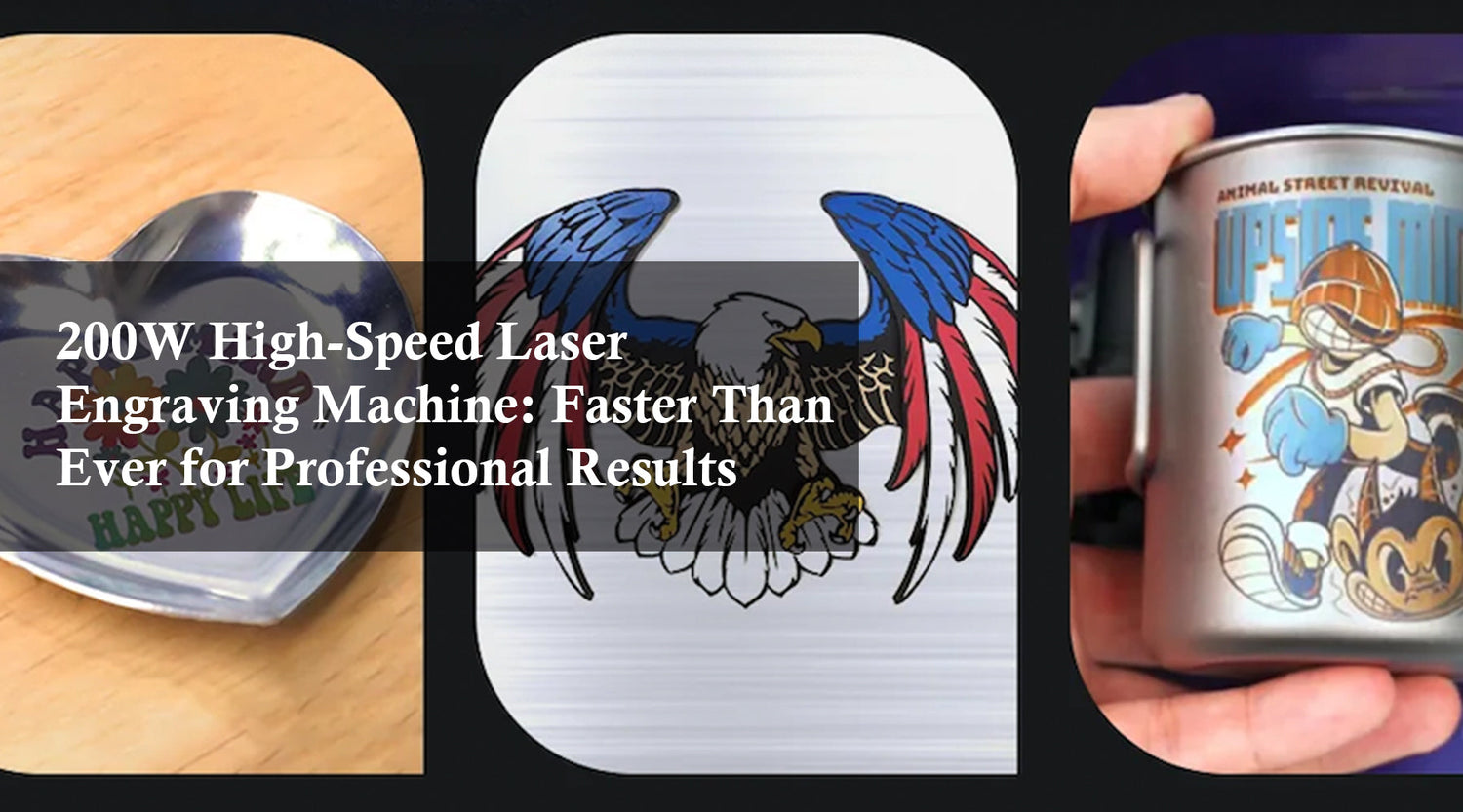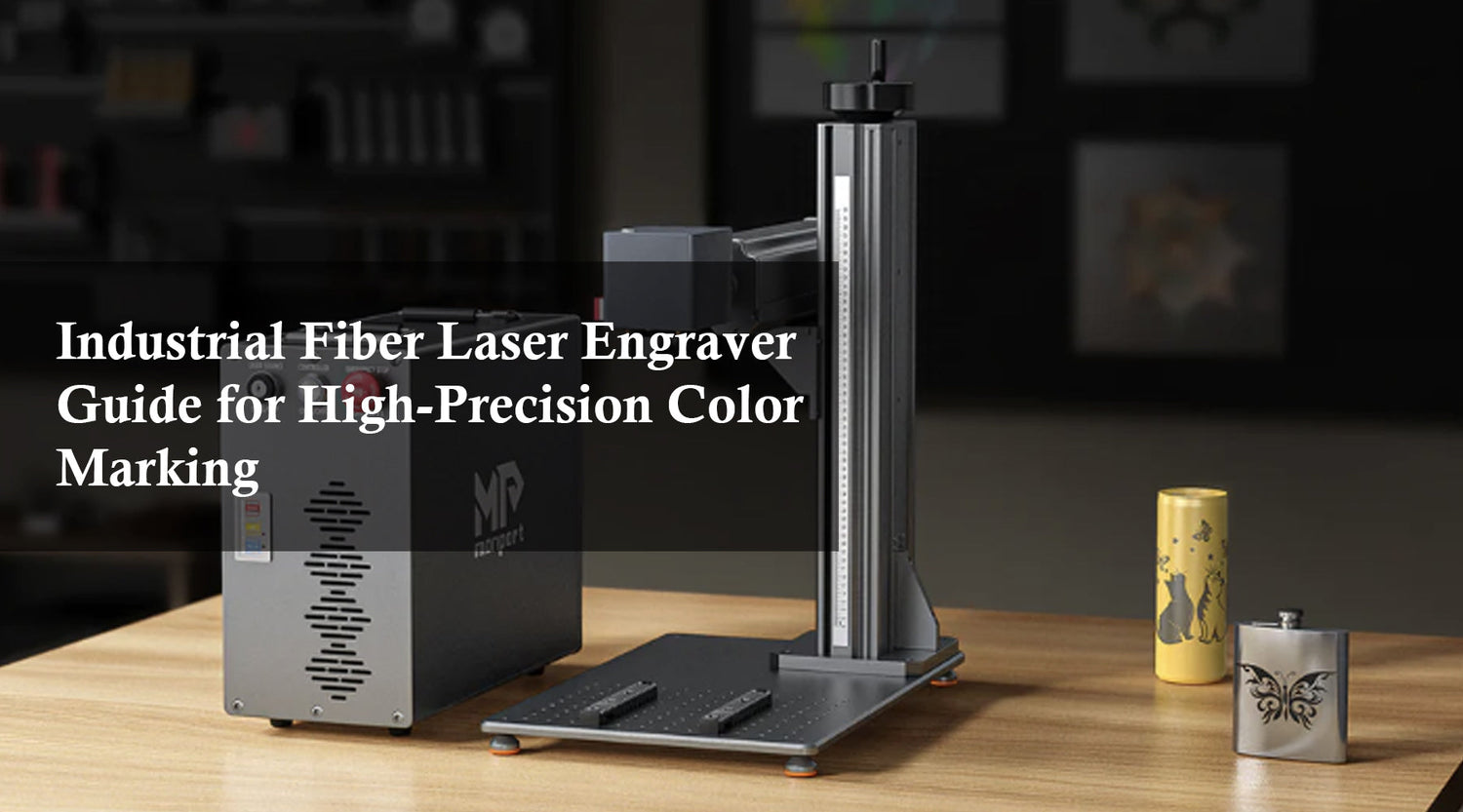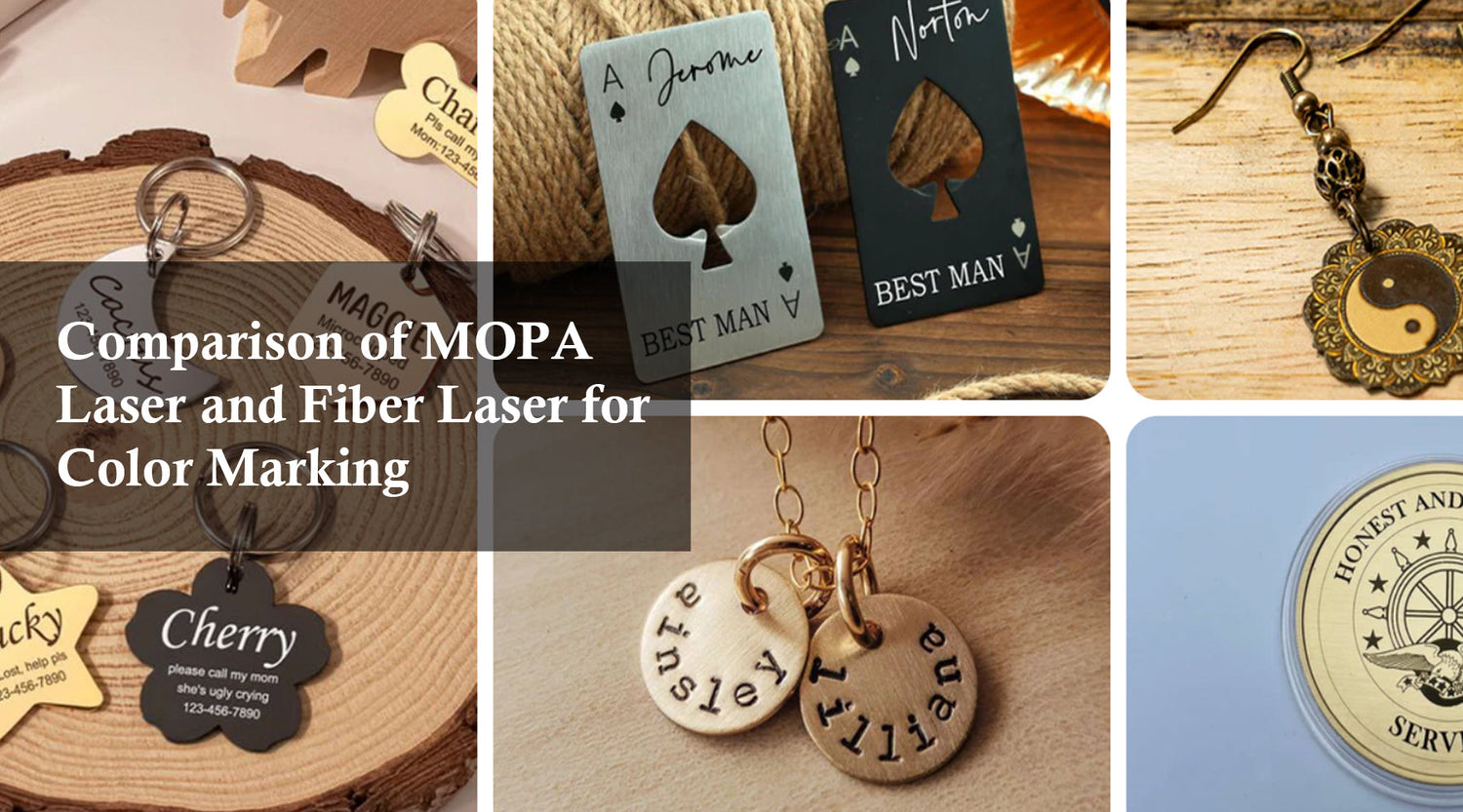Laser cutting and engraving have transformed fabric crafting, making it easier than ever to create intricate designs on textiles. With Monport, you can explore precision textile laser engraving and a wide range of laser fabric methods to craft garments, décor, and accessories with unmatched accuracy. Whether you work with natural fibers like cotton and silk or synthetic fabrics like polyester and felt, Monport’s laser textile solutions empower you to achieve professional results every time. Many creators also appreciate how fabric laser cutting and fabric laser etching help produce clean patterns without the stress of manual trimming. Even beginners can try engraving on fabric or simple cloth engraving to see how flexible laser engraving on fabric can be.
Fabrics, also called textiles, are woven or knitted materials made from natural fibers such as cotton, wool, or silk, or synthetic fibers like polyester and nylon. Laser textile cutting is compatible with most fabrics, providing clean, precise edges and enabling intricate designs that traditional cutting methods cannot achieve. Some users prefer laser for cutting fabric because of its accuracy, while others enjoy experimenting with laser etching fabric on different garments.
Cotton

Silk

Silk is delicate and thin, making it easy to cut with laser textile technology. The edges may still fray, so careful handling is required. Complex designs should avoid very small shapes, and testing settings on scrap silk is recommended to prevent tearing. Some designers test textile laser engraving on silk for soft, shallow marks, though gentle power settings are always needed.
Felt
Felt is thick and stable, making it ideal for laser textile cutting. Synthetic felts melt slightly at the edges, sealing them and preventing fraying. Natural felts like wool require precise laser focus for clean edges. Laser textile cutting enables durable, consistent results on felt that scissors cannot match. Felt is also one of the easiest materials for laser etching fabric or trying cloth engraving for signage, keychains, or small crafts.
Polyester

Polyester is strong, versatile, and melts slightly when cut, sealing edges for a clean finish. Laser textile cutting polyester is ideal for banners, flags, and garments requiring durable, fray-resistant edges. Polyester also reacts well to laser engraving fabric because the heat creates a clear contrast on the surface.
Tips for Laser Textile Cutting
Laser cutting fabrics requires preparation, attention to fiber content, and proper setup. Here’s how to get the best results with laser textile technology. When working with garment laser cutting, many hobbyists also test their fabric first because different weaves respond differently. The same applies when trying laser cloth or engraving on fabric for small decorative projects.
Check Fiber Content
Always know your material. Avoid PVC and understand how natural versus synthetic fibers behave under a laser for cutting fabric.
Keep Fabric Flat
Iron or wash fabrics as needed. Secure them with tape or magnets to prevent movement during cutting.
Test Settings
Run test cuts on scrap pieces to adjust laser power, speed, and focus. This prevents damage to your main project and is especially important for fabric laser cutting or laser etching fabric.
Import Your Design
Ensure design files are compatible with your laser software. Test complex patterns before full-scale cutting.
Fix Your Project
Secure the fabric, verify placement, and let the laser handle precise cutting for professional results. These steps are essential whether you're doing textile laser engraving, laser engraving on fabric for patches, or even garment laser cutting for clothing businesses.
Monport provides the expertise, guidance, and support to optimize these processes, making laser textile cutting accessible and efficient for both hobbyists and professionals.
Common Applications of Laser Textile Cutting
Laser textile cutting opens new creative possibilities across industries and personal projects. Typical applications include laser fabric designs for fashion, cloth engraving for décor, or textile laser engraving on custom banners.
Fashion and Clothing
Garments, lace patterns, and sportswear. Many brands now rely on garment laser cutting for accuracy and style.
Digital Engraving on Fabric
Custom banners, flags, and decorative textiles using laser engraving on fabric and fabric laser etching techniques.
Toys and Crafts
Plush toys, ornaments, and creative projects. Felt toys especially respond well to laser etching fabric.
Home Textiles
Curtains, pillows, sofas, and decorative items often use laser fabric cutting or laser cloth finishing for precise edges.
Floor Coverings
Carpets, mats, and large-scale textiles.
Specialty Projects
Sails, parachutes, tents, and aviation fabrics. In some cases textile laser engraving is used for labeling or marking.
Monport’s laser textile solutions make it possible to cut complex fabrics efficiently, with precise edges and minimal fraying, enhancing both the quality and creativity of your projects.
Frequently Asked Questions (FAQs)
Q1: What fabrics can be safely cut with a laser textile system?
A: Cotton, silk, felt, polyester, and most synthetic blends are safe for laser textile cutting. PVC should never be cut due to harmful fumes. Most of these materials also work well with fabric laser cutting or trying laser engraving cloth for small designs.
Q2: Does laser textile cutting prevent fabric edges from fraying?
A: Synthetic fabrics like polyester and synthetic felt melt slightly during cutting, sealing edges. Natural fabrics like cotton or silk may require additional finishing to prevent fraying.
Q3: How do I prepare fabric before laser textile cutting?
A: Check fiber content, wash and iron if needed, and lay the fabric flat. Secure it with tape or magnets for clean, precise laser textile cuts. This applies whether you're doing garment laser cutting or basic cloth engraving.
Q4: What settings should I use for delicate fabrics like silk?
A: Use lower power settings and avoid very small or complex shapes. Always test on scrap fabric first to prevent tearing. Laser etching fabric on delicate materials needs extra caution.
Q5: What are some common uses for laser textile cutting?
A: Fashion, sportswear, banners, plush toys, household items, carpets, and large-scale applications such as sails, parachutes, and tents. These projects often combine laser engraving fabric and fabric laser cutting depending on the design.
Conclusion
Laser textile cutting allows designers and crafters to explore unparalleled precision, speed, and creativity. With Monport’s expertise and support, you can achieve professional results across cotton, silk, felt, polyester, and other fabrics. By understanding fiber behavior, preparing your materials, and testing your designs, every laser textile project can meet high standards of quality and creativity. Whether you're working on textile laser engraving, fabric engraving, or trying laser for cutting fabric for the first time, the technology opens endless creative doors.
Explore Monport’s solutions today and elevate your fabric projects with precision and efficiency. Unlock big savings using code BESTMP10 at checkout – start transforming your textile designs into laser-cut perfection!









